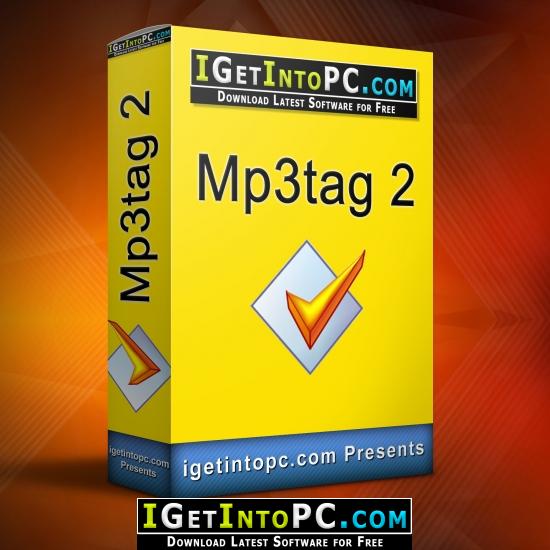
Use “Ctrl + I” again to double-check which file is the AAC version if you are unsure.Ĥ. Right-click the track and choose to “Create AAC Version.” In our case, we’ll use a copy of Hard-Fi’s “Suburban Knights.” iTunes will play a tone when the AAC version has been created, and it will appear alongside the original version in your library. Unfortunately, adding these tags to an MP3 file is not possible, so any track you wish to mark must be AAC.ģ.

Click the song once, so that it is highlighted, and then press “Ctrl + I.” The next window will have a button marked “File.” Under it you can see if the track is an AAC or MP3 (iTunes calls MP3 ‘MPEG audio’). Open iTunes and find a song that you’d like to mark with an appropriate tag.
#Difference between mp3tag pro and mp3tag portable#
Begin by downloading MP3Tag, whether the most recent version or a portable version.Ģ. Luckily, a solution is at hand, and it’s far from difficult to replicate. Those tiny little icons found beside some song titles in your library and on any iOS device you own, apart from the songs you have carefully curated yourself.


If you take pride in how neatly categorised and ordered your iTunes library is, having collated it from physical media, the iTunes Store and other retailers, you may have found inconsistencies among them.Ĭredits to artists featured on tracks may be displayed differently, and there’s a long-running argument about whether “ft.” or “feat.” is more suitable for music, but there’s one bugbear exclusive to iTunes: the ‘explicit’ and ‘clean’ tags.


 0 kommentar(er)
0 kommentar(er)
